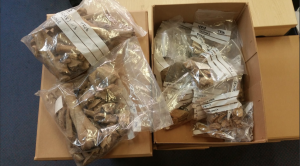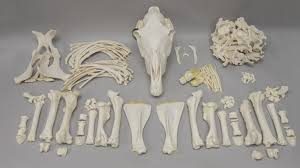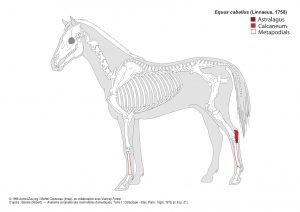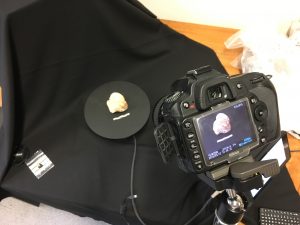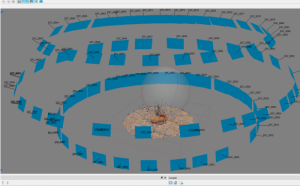I am Karina Rapp, and I am an Honorary Associate Research Fellow, Zooarchaeology Masters graduate, and PhD hopeful from the University of Exeter. I am an active horsewoman, equine journalist, and the president of a nonprofit registry that promotes a rare breed of historic cavalry horse, supports global rare breed conservation efforts, and educates the public about the benefits of genetic diversity. I greatly enjoy hands-on research that has the ability to change people’s perspectives on history, especially when it includes faunal remains. The Warhorse project ticks all the boxes for me, and I am so grateful to contribute towards a small part of it! My area of interest is equid conformation (functional shape), and I enjoy exploring ways to adapt modern conformation studies to archaeological remains and skeletal biomechanics.
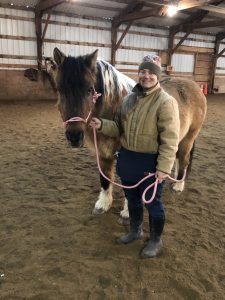
Archaeological horse bones and material culture (such as bits and armour) can be compared to measurements from modern live horses to give a potential idea of the size and body type of past horses. Several basic types of horse exist, such as small ponies, average horses, and draught horses. This is relevant for reconstructing what the Medieval “Great Horse” actually looked like, and for the very interesting history of selective Medieval horse breeding. By developing a baseline of reliable data from modern horses (including important information such as their height and body type) we can see where ancient horses lie on the allometric spectrum between small ponies and large draughts.
Working remotely in the United States, I have traveled to four barns in southern Idaho to study a variety of animals: working ranch horses, children’s Welsh ponies, show jumping warmbloods, and Belgian draughts used under harness for agricultural work. Measuring a living breathing creature can be more complicated than old bones, though! Hard-edged callipers and bone boards are traded out for flexible seamstress measuring tapes and custom devices for getting around a horse’s muscular curves. Quiet measurements of bones deep in a well-lit lab are traded for dusty barn aisles, quick-moving targets, and sometimes unwilling 1000 lb. subjects in small spaces. The bones of living animals are encased in cartilage and muscle and tendons; it is important to understand that living measurements will never match up exactly with the dry measurements of skeletal materials. Measurements are therefore less about exact bony markers and more about best-guess estimates of chosen data points that correlate as close as possible to certain bone lengths.
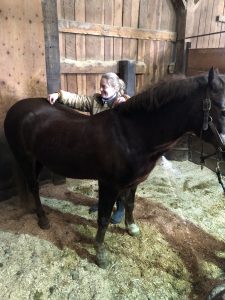
Basic body measurements of the horse (such as face and leg measurements) are obtained with a flexible seamstress tape, and can help relate horse size to custom-fit equine armour. Bit sizers are used in the modern horse world to measure a horse’s mouth length in order to choose an appropriately-sized bit (the metal piece that fits in a horse’s mouth) for riding. Bit length is important because a too-small bit can pinch or damage the skin of the mouth, and a too-large bit can slide through the horse’s mouth and knock against cheek teeth while riding. In an archaeological context, we can take an actual historical bit and compare it to our baseline collection of mouth/bit lengths from modern horses. Together with other data, bit length could give us an idea of the potential size of the ancient horses who may have worn them.
A standard height-weight horse and pony tape is also used to calculate the height of each horse, which is important allometric data along with general information, such as the horse’s known breed (which indicates its body type, such as pony, small stock horse, draft, or warmblood). Even if a horse’s height is known by the owner, it’s good scientific practice to maintain consistency with data recording; one person takes each measurement for each horse, therefore limiting the human error factor.
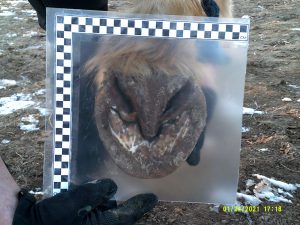
While actual hooves have a small chance of appearing in the archaeological record, horse shoes are much more durable. And because horses wear many, many sets of shoes in their lifetime, it is more likely that we might find historical horse shoes. But what good are these artefacts if we have nothing to compare them to? How do we know the size of the horses who wore them? Taking a look at the size and shape of many living horses’ feet can be one way to figure that out. Measuring something as variable and oddly shaped as a horse’s foot can be tricky though, and this is where a little bit of creativity is needed. We have called the device developed for Warhorse our “Hoofometer”; it is a simple piece of clear plaskolite with two traditional scale bars added. By holding a horse’s hoof (as one does when cleaning their feet) and holding the hoofometer flat against the bottom of their hoof, it is possible to photograph it and therefore create a picture that can be shared with other researchers. They can then choose which measurements to take and how to define the shape and size of the foot.
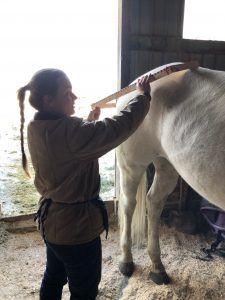
Another tricky measurement that requires a creative solution is the hip of the horse. Rounded and bulging with muscle, it is not the kind of body part that can be measured with a simple seamstress tape. Such a measurement would result in a contour that follows the slope of muscle, and a contour measurement is a lot harder to relate directly to a skeletal measurement. Two metre sticks and some light hardware and scale bars are all that is needed to create a device that takes straight measurements of large muscled areas such as the hip. The sliding scale has two arms that rest against the chosen data points, resulting in a number that is a little closer to the greatest length of the pelvis.
Modern methods (such as the use of bit sizers for bit length and measuring a horse’s hoof for shoe size) can sometimes be useful when examining material culture in an equine context, and while not directly comparable, live body measurements can provide an interesting dataset next to skeletal measurements. Zooarchaeology can sometimes require interesting experiments and creative thinking, which makes it an endlessly enjoyable endeavour. Plus, any data-gathering that requires paying the subjects in carrots is a special bonus! I am immensely grateful to the team of Warhorse for letting me join their fun, and I look forward to the results of this great collaborative project.
Digital Camera

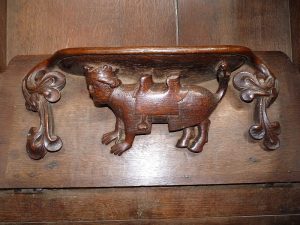
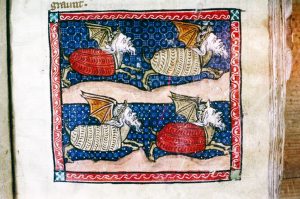
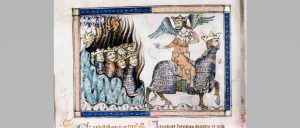
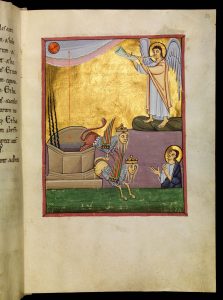

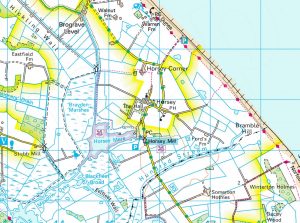
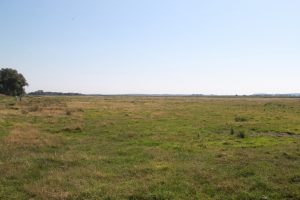
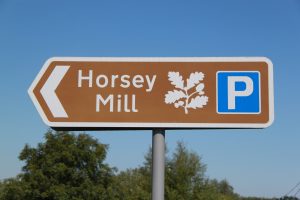
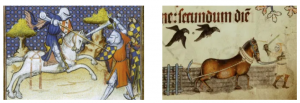
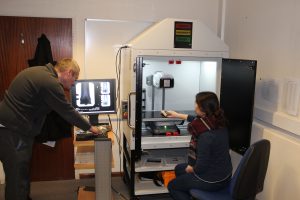
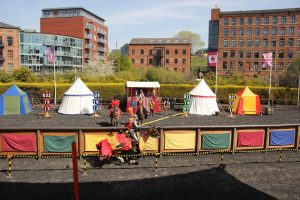
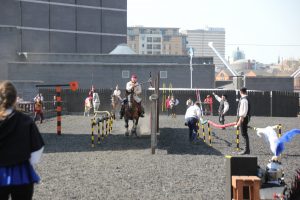
 Back in the Middle Ages, a destrier or charger would have been the best bred and trained horse on the market and sold for exorbitant prices only the very rich could afford. Bigger than normal working horses, these were swift, fierce and strong stallions, clad in silver armour.
Back in the Middle Ages, a destrier or charger would have been the best bred and trained horse on the market and sold for exorbitant prices only the very rich could afford. Bigger than normal working horses, these were swift, fierce and strong stallions, clad in silver armour.